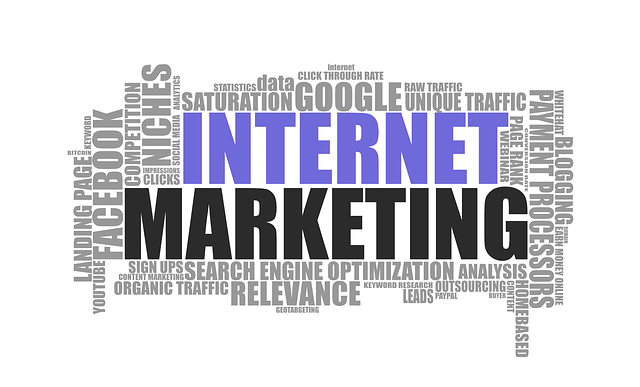AI-powered computer vision is transforming retail, improving efficiency and enhancing customer experiences through visual search tools, optimized shelf layouts, and integrated voice-to-kitchen ordering systems. These innovations streamline shopping, reduce errors, personalize services, and boost sales by leveraging AI to analyze visual data, browsing behavior, and automate inventory management, ultimately creating a more interactive and satisfying shopping journey.
Computer vision, powered by artificial intelligence, is transforming businesses across various sectors. From retail to food service and beyond, this technology is revolutionizing operations and enhancing customer experiences. This article explores cutting-edge applications of AI computer vision, focusing on its potential to streamline store operations, revolutionize kitchen ordering systems, and optimize industrial processes. Discover how computer vision, with its ability to interpret and understand visual data, is set to redefine the way we interact with businesses. Specifically, we’ll delve into AI voice-to-kitchen ordering systems, showcasing the precision and benefits this technology brings to restaurants, delivery services, and consumers alike.
- Revolutionizing Retail: AI-Powered Computer Vision in Store Operations
- – Enhancing customer experience through visual search and product recommendations
- – Automating inventory management and shelf monitoring
Revolutionizing Retail: AI-Powered Computer Vision in Store Operations

AI-powered computer vision is transforming retail operations, offering unprecedented efficiency and enhanced customer experiences. This technology goes beyond basic inventory management to include advanced tasks such as visual search capabilities, where customers can snap a picture of a product they like and immediately find similar items in the store. Moreover, AI computer vision systems can optimize shelf arrangement by analyzing customer behavior and product placement preferences, ensuring that popular items are readily visible and accessible.
In the context of modern retail, these applications extend to innovative voice-to-kitchen ordering systems, streamlining the shopping experience. Customers can simply use their voices to request specific products from any location within the store, with AI vision technology identifying and locating the requested items promptly. This not only revolutionizes how consumers interact with retailers but also allows businesses to optimize their operations, reduce human error, and provide a more personalized service.
– Enhancing customer experience through visual search and product recommendations

AI computer vision is transforming the way businesses interact with their customers, especially in retail and e-commerce sectors. One notable application is visual search technology, which enables users to find products by uploading images or taking photos of items they like. This innovative feature enhances the customer experience by offering a more intuitive and efficient way to browse and discover products. For instance, AI-powered visual search can be integrated into mobile apps or online shopping platforms, allowing folks to seamlessly shop for kitchenware using images from their own collections, such as an AI voice-to-kitchen ordering system.
By analyzing visual data, AI algorithms can match the uploaded image with similar products available in the inventory, providing accurate recommendations. This not only speeds up the product discovery process but also increases sales and customer satisfaction. Additionally, personalized product suggestions based on browsing behavior and purchase history further enhance the shopping journey, making it more interactive and enjoyable.
– Automating inventory management and shelf monitoring

In today’s digital era, AI business computer vision applications are transforming various industries, including retail and e-commerce. One notable area of impact is inventory management and shelf monitoring. By leveraging advanced computer vision technologies, businesses can automate the process of tracking stock levels in real-time. This ensures that products are restocked promptly, reducing out-of-stock instances and enhancing customer satisfaction. Moreover, AI systems can monitor shelf appearance and arrangement, identifying missing or misplaced items swiftly.
Integrating AI into inventory management processes goes beyond simple efficiency. It also opens up opportunities for seamless integration with voice-to-kitchen ordering systems, popular in foodservice operations. These AI-driven systems enable customers to place orders using their voices, streamlining the order process and minimizing human interaction. Computer vision applications can further enhance this experience by automatically detecting and selecting items from shelves as part of the order fulfillment process, making it a truly automated and efficient workflow.
AI-driven computer vision is transforming various industries, with retail being a prime example. By leveraging visual search and product recommendations, businesses can enhance customer experiences, streamlining operations and improving efficiency. Additionally, automated inventory management and shelf monitoring not only reduce manual labor but also ensure products are always available for purchase. As AI continues to evolve, we can expect even more innovative applications, such as voice-to-kitchen ordering systems, revolutionizing the way we interact with technology in our daily lives.
